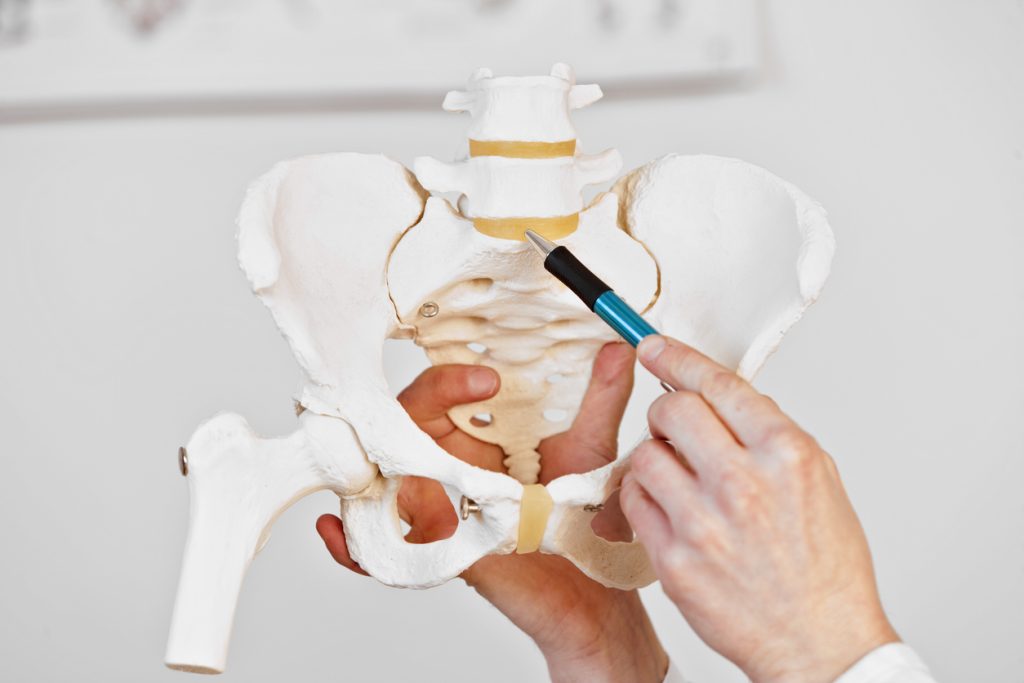Spondylolisthesis is a common spinal disorder that most often affects the lower back. The condition results from one of the spinal vertebrae slipping forward out of position over the vertebrae below it. The part of the spine most often affected is at L4-L5. Two of the most common types of spondylolisthesis are isthmic and degenerative. Imaging tests such as x-rays, a CT scan, or an MRI help physicians diagnose the condition.
Isthmic Spondylolisthesis
This type is caused by a genetic defect in the vertebrae or a fracture of the vertebral structure. Some people with the condition have no symptoms, and it may only be discovered when seeing a doctor for another issue. If there are symptoms, the patient may experience pain or weakness in the low back, buttocks, or legs. There may also be muscle spasms or tight hamstring muscles.
Some activities may put people at risk for developing the condition. Repeated heavy lifting or twisting may cause small stress fractures in the vertebral structure. Athletic activities including football, weightlifting, and gymnastics may put increased pressure on the spinal vertebrae. Young athletes may be more at risk since they are still growing.
Degenerative Spondylolisthesis
This type of spondylolisthesis is the result of degenerative changes that are usually related to aging. Post-menopausal women over age 60 are the most affected group. Wear and tear on the spinal discs and vertebrae, as well as osteoarthritis and osteoporosis all play a role in the development of the condition. Patients with degenerative spondylolisthesis may experience a narrowing of the spinal canal, or spinal stenosis, which puts pressure on the spinal nerves.
Treatment for Spondylolisthesis

Spondylolisthesis is evaluated and graded for severity. Slippage of the vertebrae is graded based on the percentage that one vertebrae has slipped forward over the vertebrae below it. Treatment will depend on the degree of slippage and other factors such as the amount of pain as well as any neurological symptoms.
Most cases of spondylolisthesis can be treated without surgery. The patient may need temporary bed rest, a restriction of activities, pain medication, anti-inflammatory medication, and physical therapy. Spinal bracing may sometimes be necessary.
Surgery may be recommended if more conservative treatments are not successful and the pain is severe, along with neurological damage. The surgeon may recommend a laminectomy and fusion to stabilize the spine and relieve pressure on the nerves and spinal cord.
Atlanta Brain and Spine Care
Our neurosurgeons offer patients some of the most advanced diagnostic tools and treatments. We have five convenient metro Atlanta locations. Contact us to schedule a consultation with a spine specialist.


